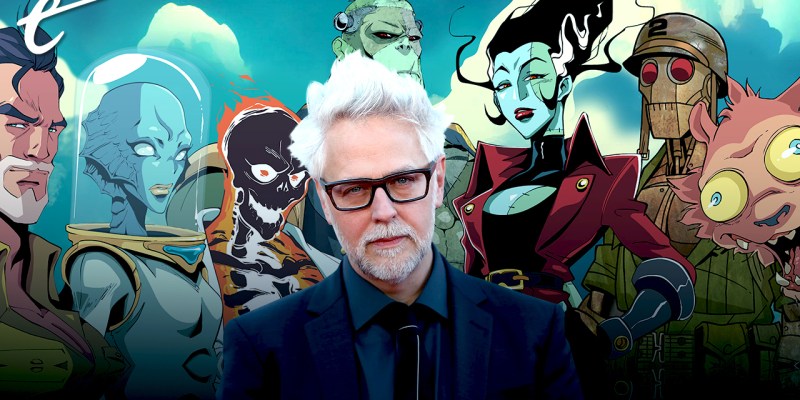Earlier this week, James Gunn and Peter Safran announced their new slate of DC adaptations, under the header “Gods and Monsters.”
Obviously, there’s a lot to talk about within that announcement. Reflecting Warner Bros.’ fixation on the shared universe, Gunn and Safran have committed to a single continuity across all media, which will include actors playing roles across live action, animation, and video games. Still, there is something appealing in the idea that titles like The Batman and Joker will be allowed to continue under the “Elseworlds” brand.
As with a lot of these shared universes, there is a worry that not all of these films will make it through production into release. Everybody remembers where they were when Universal unveiled its infamous Dark Universe photo. There’s also the possible exhaustion at another attempt to reboot Superman and a new Batman continuity. On an even more basic level, it’s hard to get excited about many of these projects before talent is attached to them.
Still, accepting these obvious and inevitable concerns about any piece of IP management on this scale, there’s something compelling in the titles announced. To put it simply, allowing for the obligatory Batman and Superman movies, the slate announced by Gunn and Safran feels very much like the product of a creative team that loves comic books. The lineup includes a number of new concepts and familiar faces, but they all speak to an obvious love of DC as an institution.
Of course, this is just how announcements work these days. Creators are expected to position themselves as hardcore fans of the established intellectual property, genuflecting to the canon and talking about their deeply personal history with the brand. While many of these creators are probably long-term fans of these existing properties, the platitudes can feel a little cynical and pandering as actors, writers, and directors reassure audiences that it’s all “for the fans.”
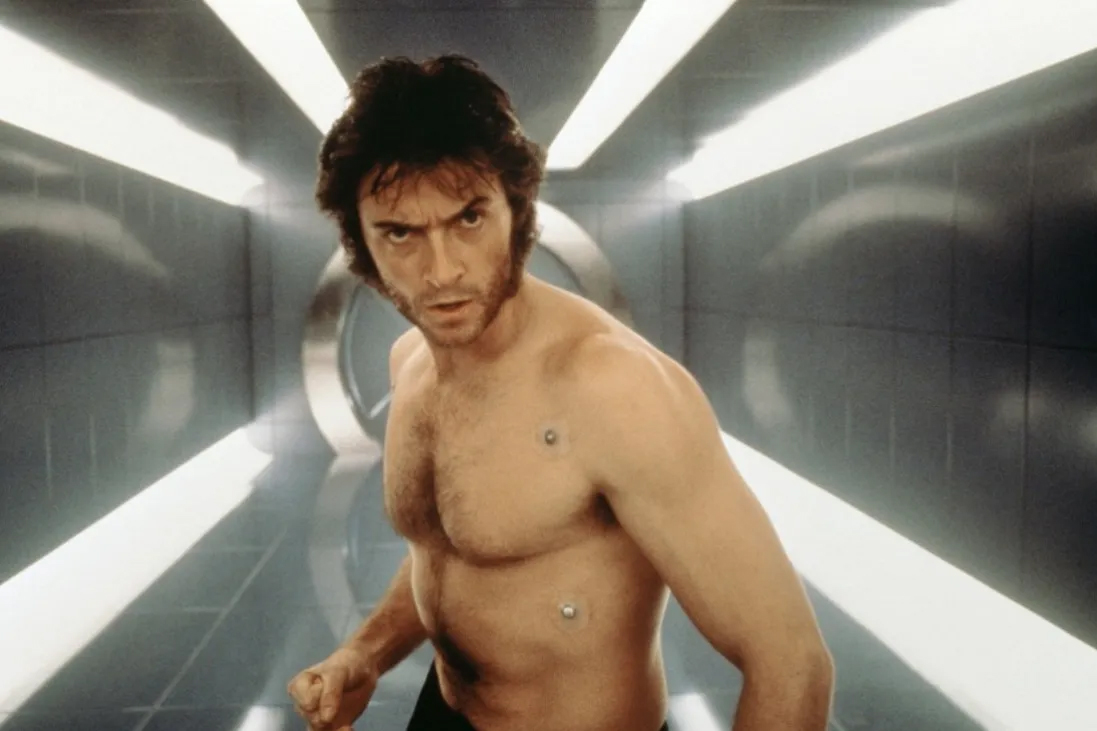
President of Marvel Studios Kevin Feige has talked about how important it is to “respect the source material” and has boasted about smuggling comics to actor Hugh Jackman on the set of X-Men. However, despite building that brand around faithfulness to the comics, Feige himself has confessed that he was more into film and television while growing up. When it came to his pop culture consumption, “Comics were not high on there, actually.”
To be clear, there is nothing wrong with this. In fact, the success of projects like Star Trek II: The Wrath of Khan and Andor makes a solid case for hiring talented creators with no preexisting emotional investment in a given franchise, to shake things up and try new things. Still, in an industry where almost everybody working on a comic book adaptation claims to be a comic book obsessive, there is something charming in the geeky specificity of Gunn and Safran’s comic book slate.
To put it simply, the announced slate doesn’t just look like the work of people who read comic books; it looks like the work of people who have read very specific comic books and who have strong opinions about the medium and its history. Again, allowing for the inclusion of Batman and Superman movies, it is not a slate that relies heavily on audience familiarity with existing brands. Indeed, it looks like a slate where each movie or show will make an argument on its own merits.
It’s worth contrasting with the Marvel Cinematic Universe (MCU). Those operate within a narrow window, drawing heavily from comics published after 2004. The Iron Man movies draw heavily from Warren Ellis and Adi Granov’s Extremis. The Captain America movies take a lot of their cues from Ed Brubaker and Steve Epting’s run on the title. Guardians of the Galaxy is based around the Andy Lanning and Dan Abnett version of the team. Thor owes a lot to J. Michael Straczynski’s run.
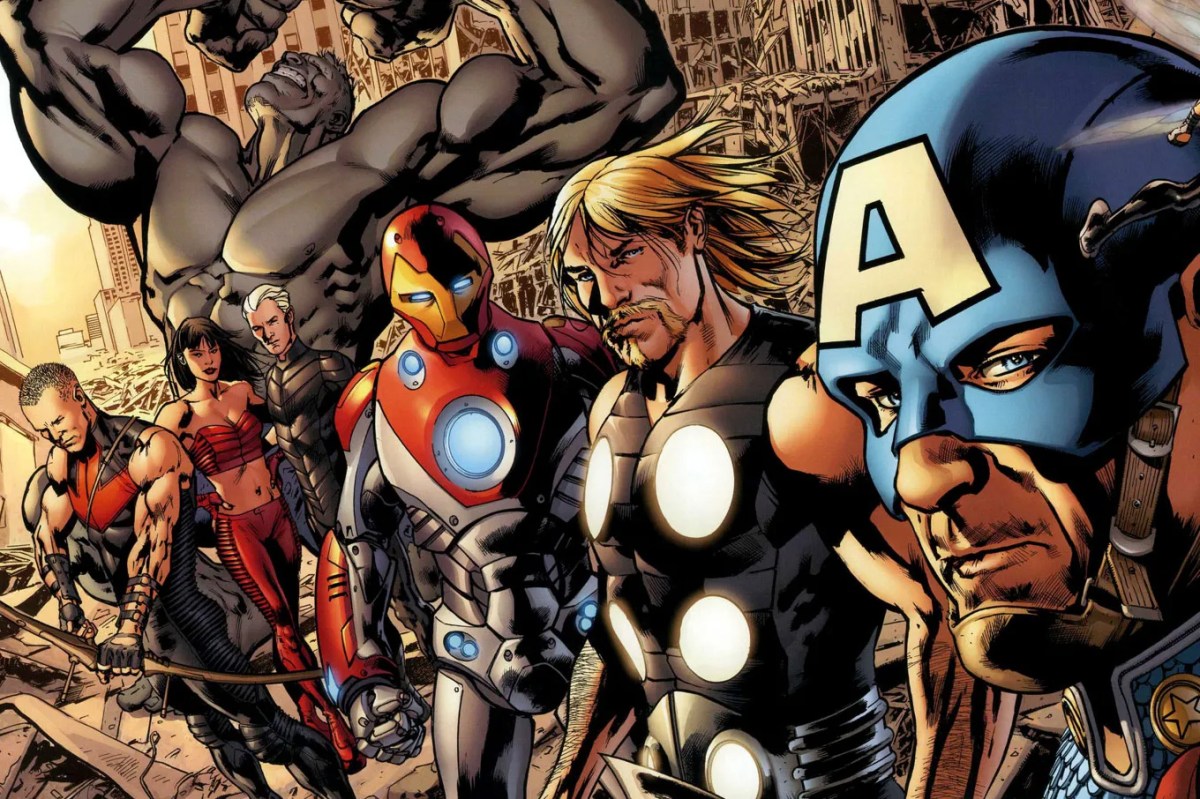
Captain Marvel offers a version of Carol Danvers (Brie Larson) as reimagined by Kelly Sue DeConnick. The recent Spider-Man trilogy is indebted heavily to Brian Michael Bendis’ work on Miles Morales and J. Michael Straczynski’s run coinciding with Civil War. Even big crossover events like Civil War and Secret Invasion exert a heavy gravity on the cinematic shared universe. There is a sense in which much of the shared universe is built off the template of the past 20 years of comics continuity.
This is obvious looking at the new generation of heroes. Kamala Khan (Iman Vellani) and Riri Williams (Dominique Thorne) are relatively recent creations in the comic books. Preexisting characters like Jane Foster (Natalie Portman) and Sam Wilson (Anthony Mackie) only recently took up the mantles of Thor and Captain America respectively. Crucially though, these aren’t just modern takes on these concepts; they are also ones that received mainstream news attention outside the comics press.
These aren’t exactly deep cuts in comic book lore, but choices that were at the heart of the shared universe and had already received considerable press coverage. To give Marvel some credit, Eternals was a genuinely deep cut – and the resulting movie was divisive. Tellingly, when the studio decided to adapt the cult title Master of Kung Fu, it did so by turning Shang-Chi and the Legend of the Ten Rings into a generic superhero origin story. So these all feel like calculated decisions.
In contrast, there’s an appealing specificity to Gunn and Safran’s choices from the DC vault. Gunn is going to write an animated series based around The Creature Commandos, an obscure team of monster soldiers that appeared in a dozen or so issues of Weird War Tales starting in November 1980 and briefly held down an eight-issue miniseries launching May 2000. That’s a deep cut. After all, even Eternals was tied to comic book legend Jack Kirby, “the King.”
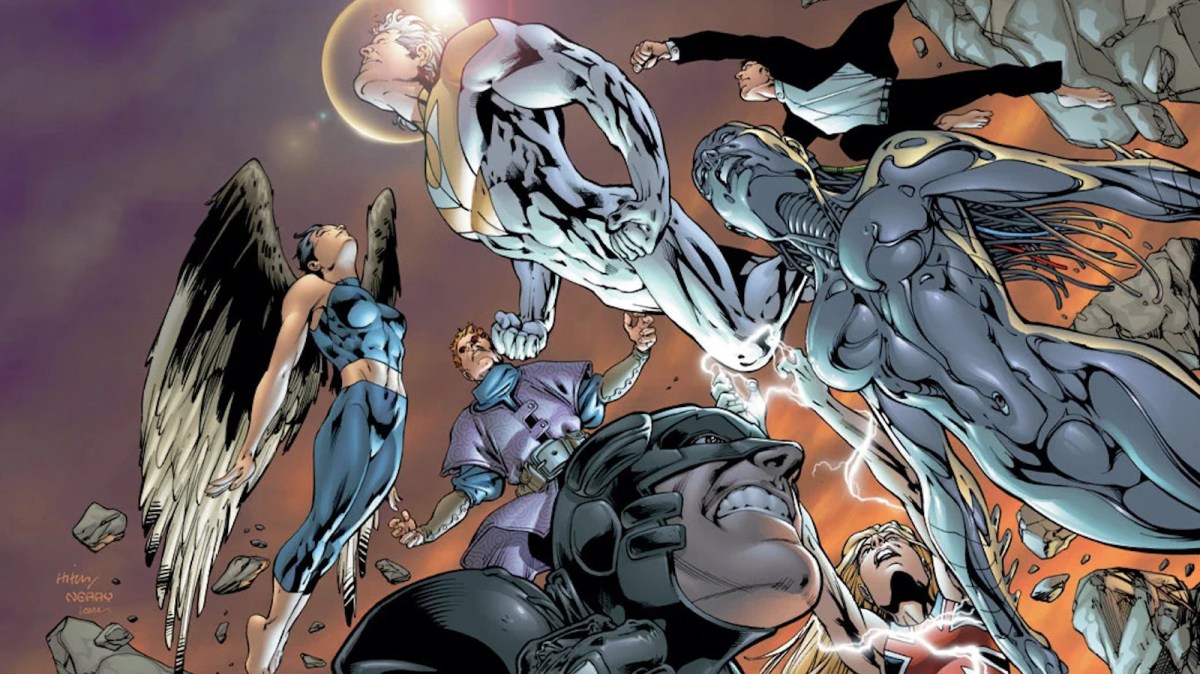
Not all of Gunn and Safran’s choices are quite so obscure, but they reflect a deep knowledge of comic book lore. The pair announced a Swamp Thing movie, a character that has a surprising hold on the popular consciousness owing to multiple horror films and television shows, but the character holds a particularly important place in the internal mythology of DC Comics. Alan Moore’s run served as the beachhead of the so-called “British Invasion” that radically reinvented American comic books.
There is a sense that Gunn and Safran are looking at comic source material that pushed the medium forward, rather than brands with preexisting name recognition. The Authority is a title that means nothing to general audiences but was a turning point for superhero comics. With two runs under writers Warren Ellis and Mark Millar along with artists Bryan Hitch and Frank Quitely, The Authority challenged both the narrative language and the politics of mainstream superhero comics.
Mainstream audiences may not recognize The Authority as a brand, but they know its legacy. It is only separated by a single degree from Joss Whedon’s The Avengers. Millar and Hitch hopped from two separate runs on The Authority to a similarly widescreen and politically charged run on The Ultimates for Marvel, a reimagining of the Avengers that so impressed Whedon that he would write the introduction to the collected edition. The Ultimates is one of the cornerstones of the MCU.
The Authority is a deepish cut for Gunn and Safran, but it is one that reflects an understanding of the book’s importance in the history of both superhero comics and superhero movies. It’s a creative choice that is made with a historical understanding of the medium, rather than one chasing brand recognition. Much depends on how the project develops; after all, The Authority has a long history of not really working as a comic book concept. Still, the choice itself is genuinely bracing.
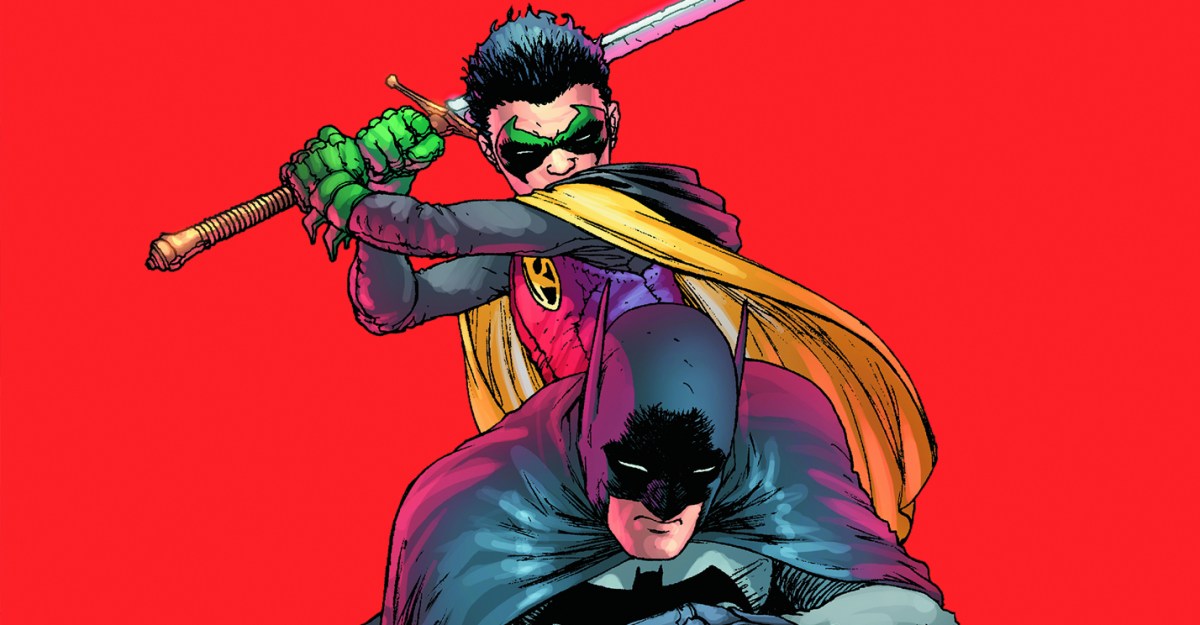
Even with more conventional picks, there is a sense that Gunn and Safran have chosen influences that interest them, particularly runs that they specifically enjoyed. Their upcoming Batman film, for example, will specifically take its cues from Grant Morrison and Frank Quitely’s run on Batman & Robin, a very esoteric (and brilliant) take on the character. The proposed Supergirl film will reportedly draw from Tom King and Bilquis Evely’s beautiful (and moving) Supergirl: Woman of Tomorrow.
These titles did not exist at the center of the comic book shared universe. The finale of Grant Morrison’s epic Batman run was shuffled off into a weird continuity lacuna in the wake of the line-wide “New 52” relaunch in September 2011. While understanding the necessity of the continuity shift, Morrison conceded it felt like “having the carpet pulled out from under” them. Reviewers even speculated that King and Evely’s Supergirl was “out of continuity,” with King himself describing it as “a stripping down of Supergirl.”
All of this is to say that the DC slate feels strangely personal and thoughtful. It is a welcome contrast with the calculated choices that drive so many of these intellectual property-driven announcements. Gunn and Safran have clearly absorbed decades’ worth of comic books and formed opinions on them that extend beyond the familiarity that the titles hold to casual audiences. That’s a bold choice, because it means that many of these movies will have to argue for their success on their own merit.
After years of watching studios play relatively safe with these comic book properties, it’s exciting to see a production slate that trusts the source material as much as that put together by Gunn and Safran. Gunn and Safran clearly love comic books. More than that, they clearly love a very specific set of comic books, and they are trusting that generally audiences will love these stories and characters just as much as they do. It’s a gamble, but it’s also sincere in a way these decisions rarely are.
